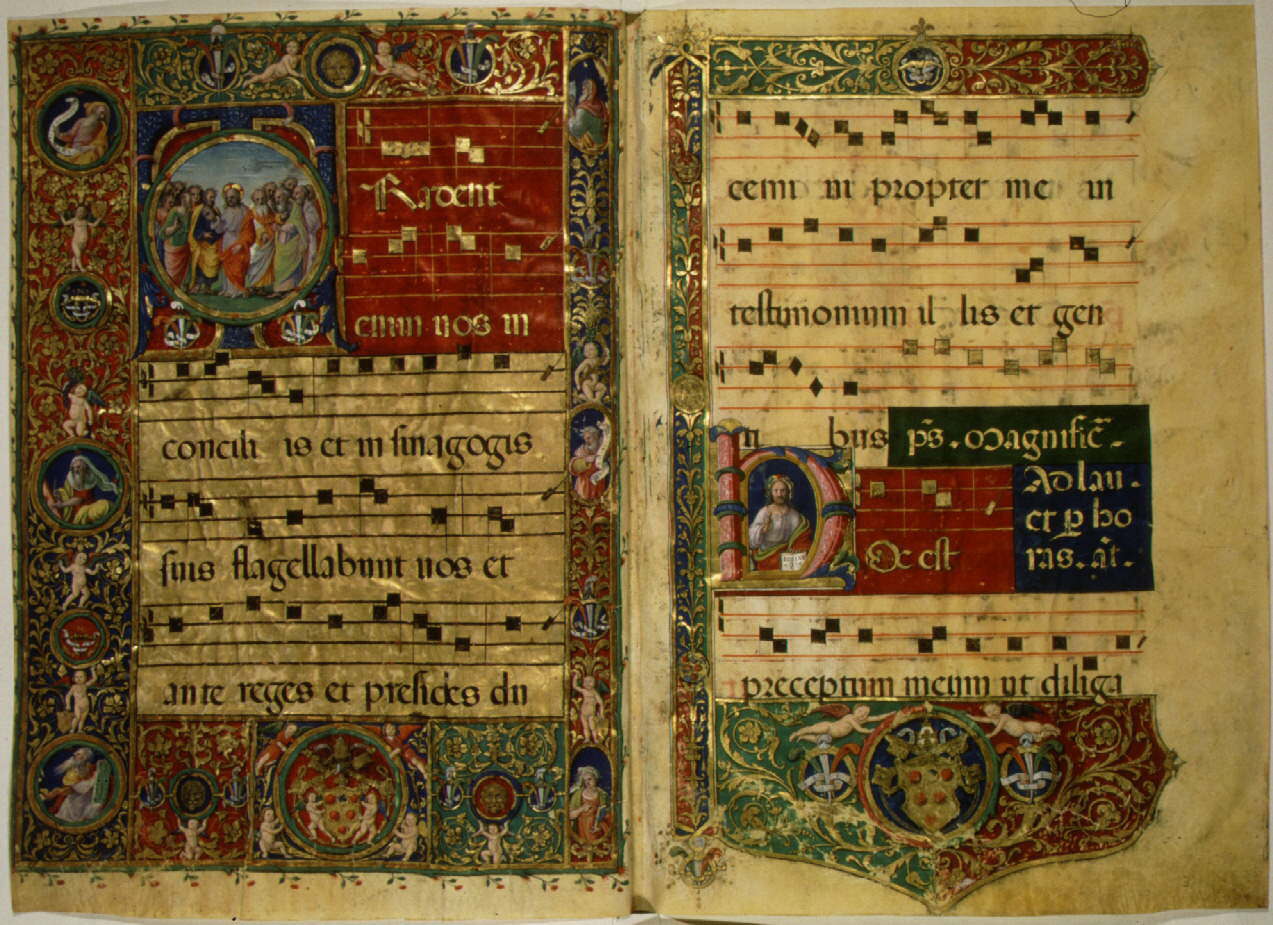wouldn’t “cross the street” for the St. Louis Jesuits
"Sometimes we were treated like a lunatic fringe. A lot thought we were not very 'with it' -- as far as being part of the modern church -- and hoped we would eventually dry up and blow away." So Susan Alstatt told the Dec. 23 San Francisco Chronicle. Alstatt is a 40-year member of a choir with a repertoire little touched by most modern church choirs. That repertoire is Gregorian Chant. The St. Ann Choir is directed by Stanford University music professor, William Mahrt, who for 44 years has directed this schola of male and female singers. Mahrt is also considered by some to be one of the nation’s foremost experts on Gregorian Chant, said the Chronicle, and has a chant library that rivals, or even surpasses, Stanford’s. The professor is worried about the survival of Gregorian Chant. Pope Benedict XVI may have ordered the Vatican choir to return to the chant, but there are few Gregorian Chant choirs in the United States. Beginning in the late 1960s, the chant was muscled out of Catholic churches by bands playing popular music-style songs, which, Mahrt said, he “wouldn’t cross the street” to hear. Mahrt said priests who love the chant have told him it is not accessible to modern worshippers. But to Mahrt, 68, Gregorian Chant is accessible, if it is properly presented.
"When you sing it beautifully and when it really works, there's an absolute still in the church,” he told the Chronicle. “That's the kind of silence that's fruitful and it represents a kind of self-awareness that is also aware of the wider realities, and that kind of silence is where you have your best opportunity to speak to God and to listen to God."
Not all of Mahrt's choir members are Catholic. According to a Stanford Magazine article, Susan Weisberg, who is Jewish, joined the choir in 1989. “When I was young, growing up in New York in the pre-Vatican II days, I would go to midnight Mass at St. Patrick’s Cathedral regularly on Christmas Eve,” said Weisberg. “I was fascinated by the mystery -- the words, the music, the incense. This music has always been with me.” Stanford Magazine noted that, though Pope Gregory I is credited with collecting and organizing what has been called the Gregorian chants in honor of him, scholars have “uncovered correspondences between Western plainsong and medieval chants transcribed in the former Soviet republic of Georgia. The only obvious link is Jerusalem in the 4th century, when Emperor Constantine the Great was transforming it into a flourishing Christian city and pilgrimage center. That date and place would also link Christian chant to Hebrew chanting, since both rely on the Psalms for text.” Mahrt told Stanford Magazine that the chant is “intimately connected with the action” of the Church’s liturgy – its incensing, art, architecture, and, above all, the Eucharist. The liturgy, said choir member Kerry McCarthy, is “the most amazing piece of performance art ever composed -- bigger than anything Wagner ever dreamed of.”
Link to the California Catholic Daily (here)











No comments:
Post a Comment